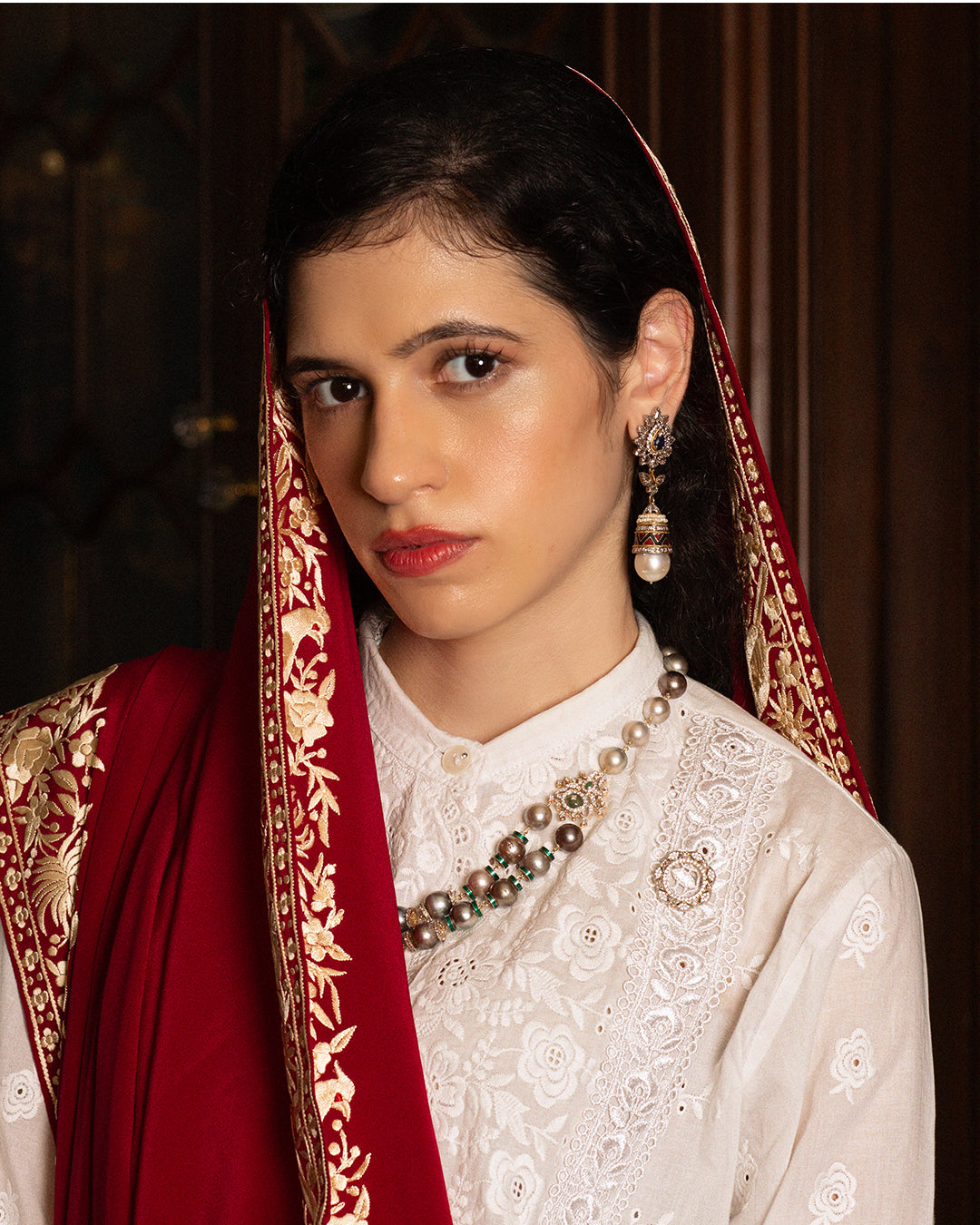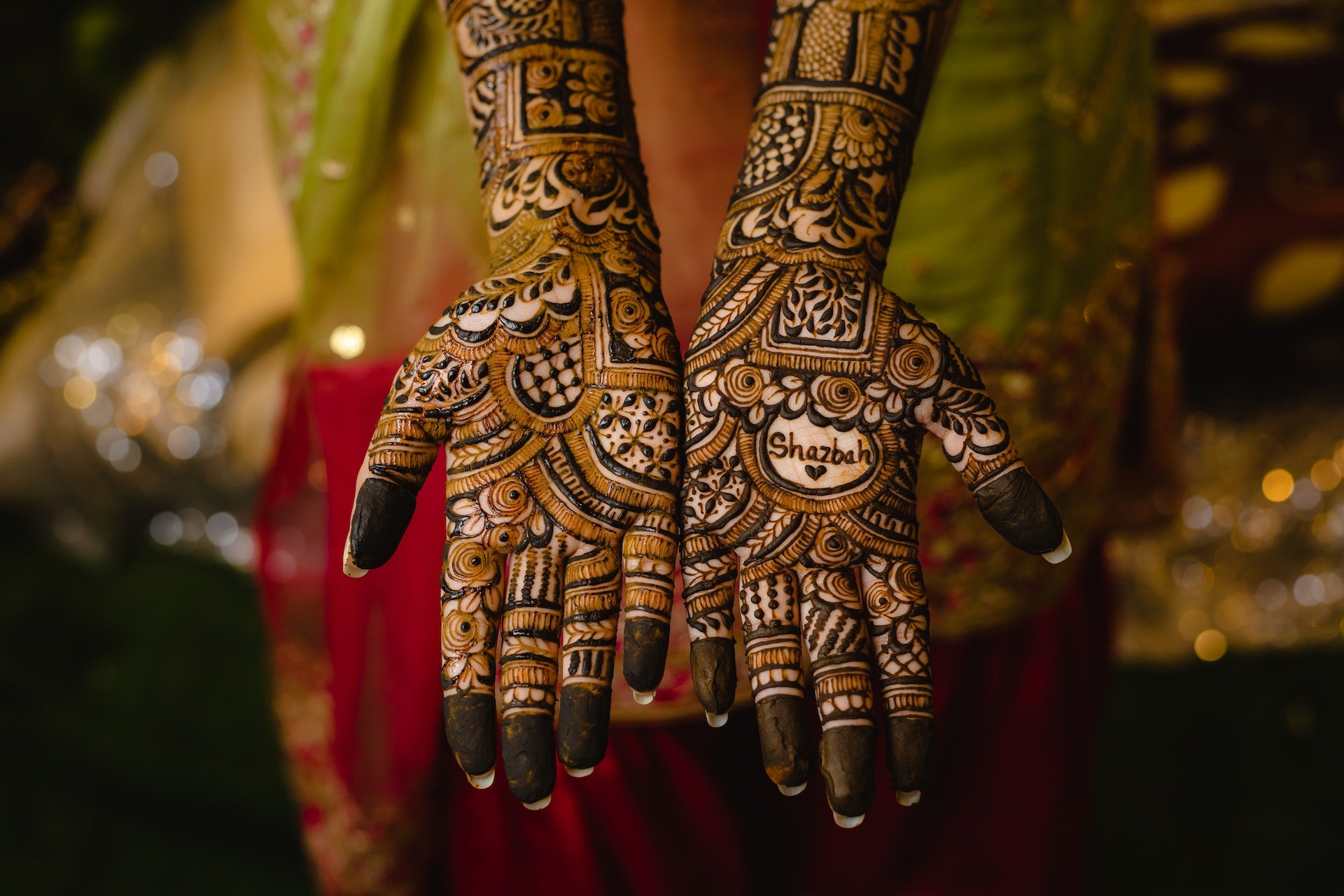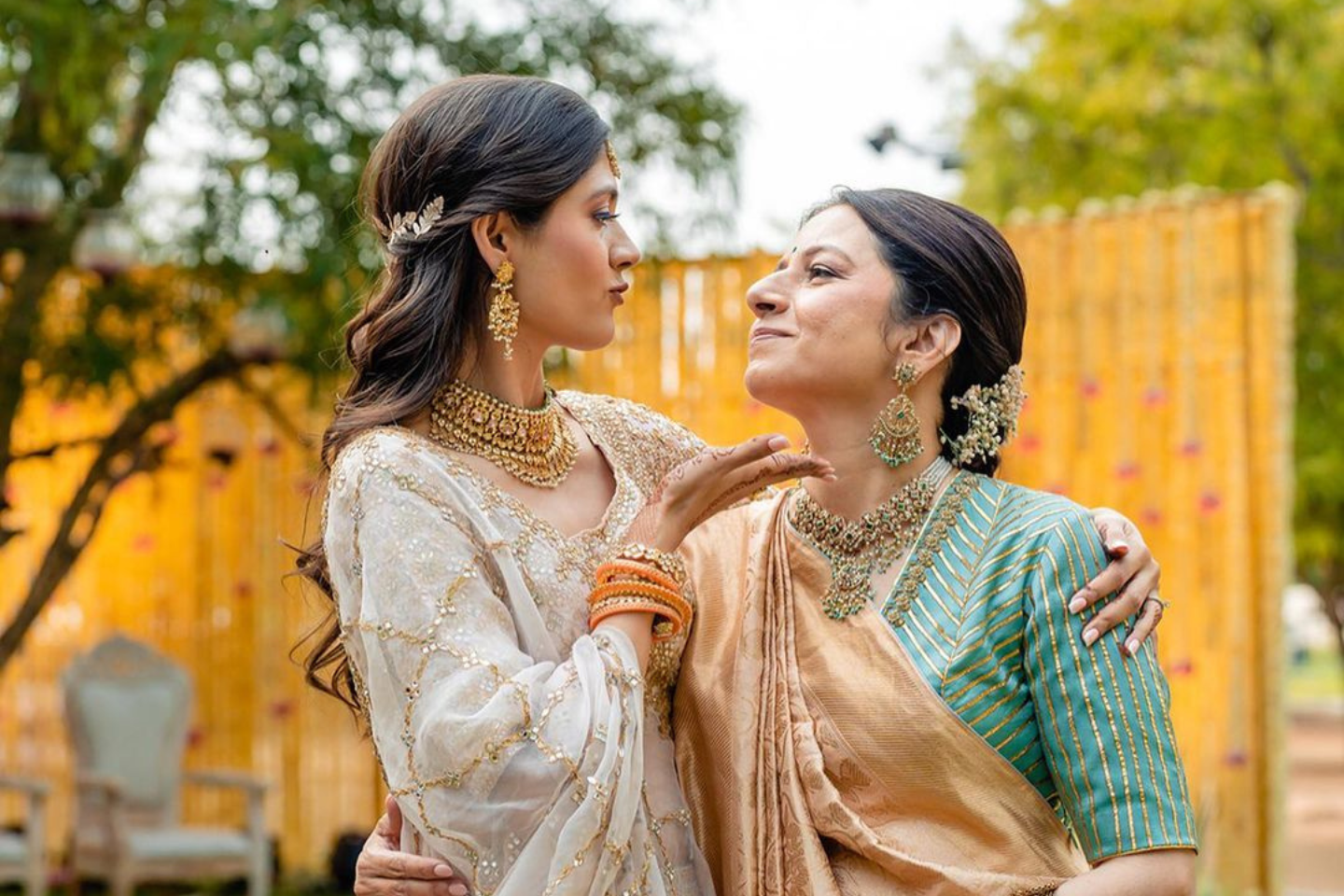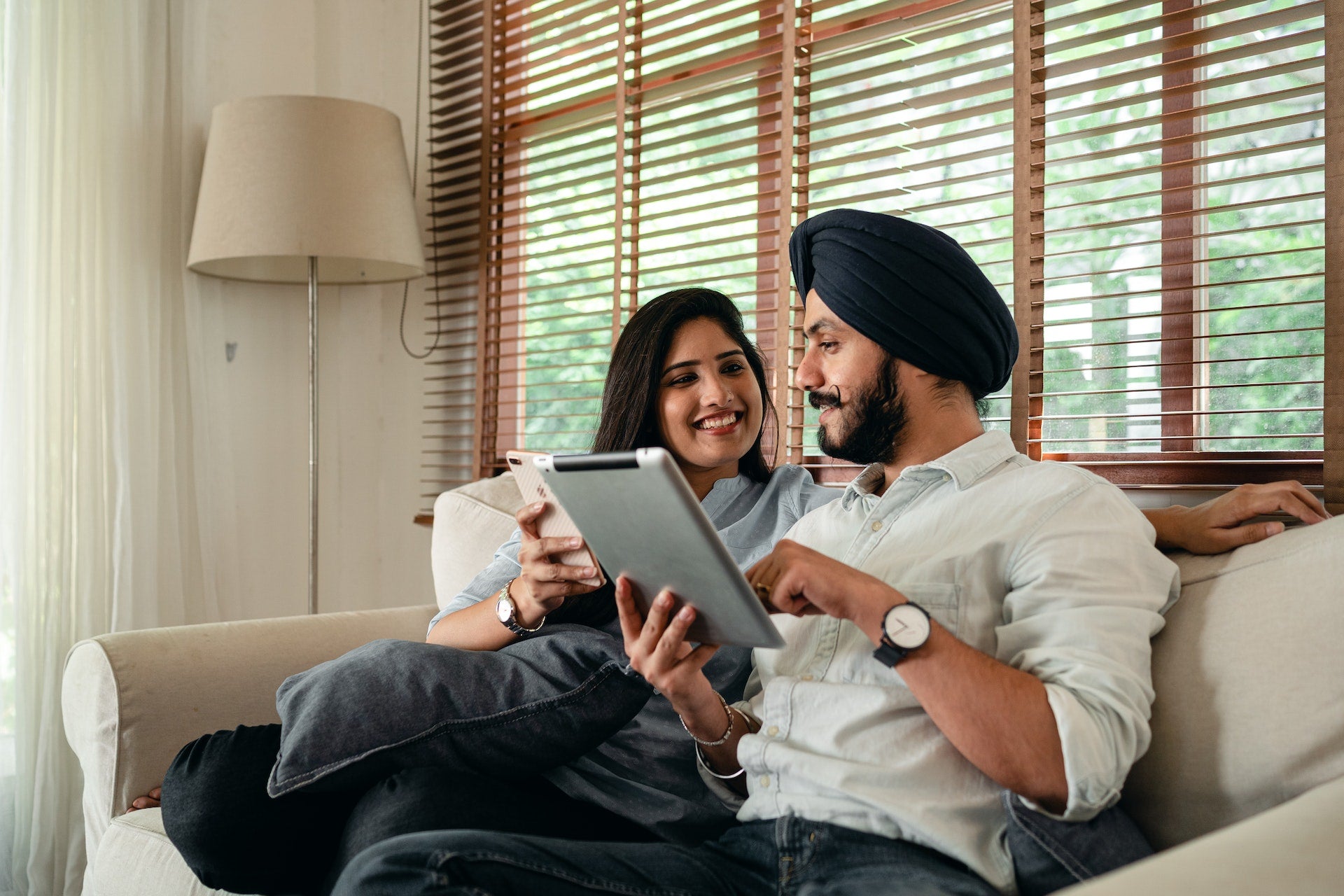Weddings are a delightful occasion that can mean many different things to various people. They can be a moment to celebrate love, a chance for friends and family to gather and make lifelong memories, or the moment that marks the beginning of a future filled with endless possibilities. A wedding can be an enchanting journey, from the enthusiasm of planning to the sheer delight of celebrating with loved ones. The “festival” of an Indian wedding brings with it a whole lot of jolly festivities that involve various celebratory elements. One such element is the Mehndi ceremony.
The Mehndi ceremony is a significant event among the countless celebrations of an Indian wedding, which last for a couple of days. It involves applying Mehndi, or henna on the hands and feet of the bride (and sometimes the groom too). The female relatives and friends get together and spend several hours applying Mehndi on one another or getting it applied by professionals. But what is the significance of this ceremony, and Mehndi itself? Where and how did it originate?

Image courtesy: Victoria and Albert Museum
Mehndi: A Festive Temporary Tattoo with Meaning
Before we talk about mehndi at Indian weddings, let’s first uncover its origins. It is believed that the Muslim Mughals, who frequently used henna as a hand, foot, and hair color, brought mehndi to India. But in Buddhist wall murals from the second century B.C. to the seventh-century A.D. At the Ajanta caves in Maharashtra, a renowned scene shows a princess whose servants are hennaing her hands and feet. India might be credited with promoting it as something significant for a bride and a married woman.

Image courtesy: Wikimedia Commons
Mehndi is one of the sixteen elements that comprise a Hindu woman's "full adornment," or shringar (solah shringar). Mehndi is regarded as auspicious and a sign of luck and prosperity because of the red color of the dye. It is believed that the darker the mehndi is on the hands of the bride, the more adored she will be by her future husband. Post getting married, a woman may have mehndi applied to her hands on any particular auspicious occasion, such as the birth or naming of a child.
In Indian culture, mehndi is often done during Hindu Indian weddings and holidays including Bhai Dooj, Navratri, Diwali, Karva Chauth, Vat Purnima, and Teej. Mehndi is also applied by Muslims in South Asia during Muslim weddings and holidays like Eid-ul-Fitr and Eid-ul-Adha. Henna is also used at festivals to dye the fingernails and hair of animals too. The white mare on which the groom customarily arrives for his wedding may also be so decorated, and horses so depicted in Mughal and Rajput paintings are also common.

A finely dressed horse is shown standing in front of a dark green hilly landscape, over which an orange sky appears with trees. The horse is white but its lower half has been dyed orange with henna. Its mane is plaited and it wears a green saddle and harness.
Source and image courtesy: Victoria and Albert Museum
The practice of applying mehndi to the palm of the hand and feet during Indian weddings and otherwise is prevalent in the Indian states of Rajasthan, Gujarat, Haryana, Madhya Pradesh, and Kashmir, but less so in Uttar Pradesh, Bihar, West Bengal, and Odisha. Rural women, as with the majority of ancient folk traditions in India, are primarily responsible for their perpetuation and design innovation.
The Process of Mehndi Application at Indian Weddings
Henna, the pigment used in Mehndi, is derived from the leaves of the Indian myrtle, a tropical shrub or small tree that is widely grown in India and is thus readily available. Rural women generally prepare the dye paste used for Mehndi and apply it at home, the women of a family working on each other. The paste may also be purchased readymade in the bazaar.
Urban families are often scattered, so these women may hire a recommended professional person who applies mehndi, who will come to the home. Such professionals are found in a city or town bazaar, where they often ply their trade on a particular day of the week.

Image courtesy: Pexels
The mehndi ceremony at a typical Indian wedding begins with the bride sitting down somewhere comfortably as her relatives (or professionals) start applying mehndi paste to her hands with a plastic cone, a paintbrush, or a stick. The paste starts to dry and crack after about 15-20 minutes. During this time, the paste can be rubbed with a combination of lemon juice and white sugar to remoisten it and make the henna stain darker.
The painted area is then wrapped in tissue, plastic, or medical tape to trap body heat and produce a more intense color on the skin. The wrap (which is not a traditional method) might be worn for two to six hours, or even overnight, before being removed. The henna design gradually oxidizes over the period of 24 to 72 hours, changing from a light to dark orange color when first removed. The last hue is a reddish brown that might remain for one to three weeks.

Image courtesy: Pixabay
Mehndi designs are a type of folk art that requires a strong decorative sense. Old patterns have been widespread in communities for a long time, but innovative designs may be created from time to time and then reproduced by others. Designs frequently differ regionally and within a specific group. Some designs are considered seasonal, while others are used at major festivals. Designs include geometric and figural motifs, the latter of which includes flowers, leaf, and vine patterns, and all have symbolic meaning.
Wedding Mehndi Traditions Across the World
As might be surprising to some (and not to others), Indian weddings are not the only weddings that have a dedicated ceremony involving the application of mehndi on the hands and feet of the bride.
Kina Gecesi, or Henna Night, is a traditional Turkish wedding tradition in Turkey. It's a ladies' night celebrated before the wedding during which the friends and family of the bride gather at her home to eat, dance, and sing, while she has henna applied on her hands.
Jewish communities in the Sephardic and Mizrahi sects also observe a pre-wedding henna custom to bless the bride and groom. The mother and grandmother of the bride abundantly apply the henna paste in a circular pattern on the bride and groom's palms as part of the ceremony. Henna is then applied on the palms of each guest individually to bless them with good fortune.
Mehndi is a stunning and historically significant form of art that has been practiced for thousands of years across numerous cultures. It is a fundamental component of many religious and cultural events, especially Indian weddings, and stands for love, blessings, and wealth. Its elaborate designs have developed over time, and it remains a popular form of body art globally.



































